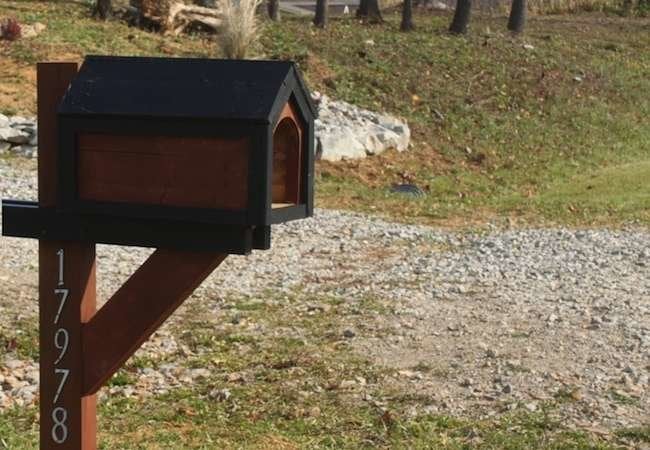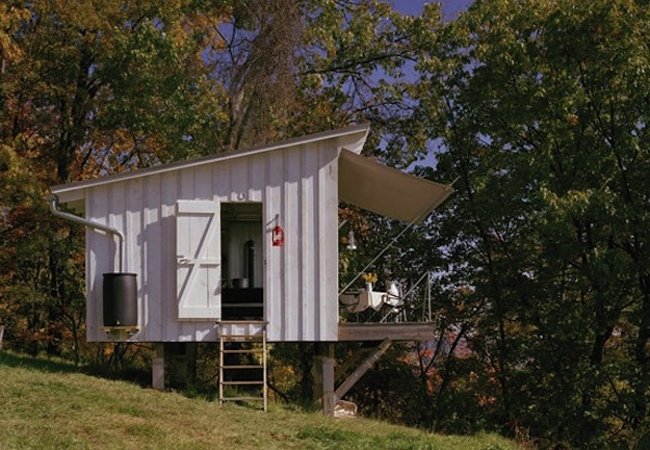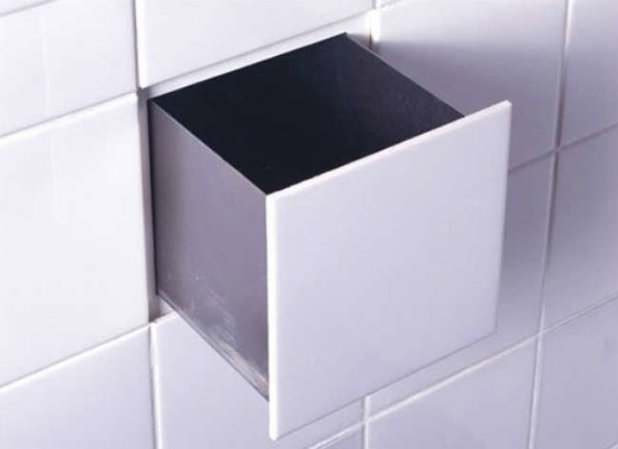We may earn revenue from the products available on this page and participate in affiliate programs. Learn More ›
David Mellor was on his way to an athletic scholarship and a promising pitching career when tragedy struck: He got hit by a car, sidelining his dream. Yet, Mellor still made it to the majors, turning his love of baseball into a horticultural art form—today he’s director of grounds for the Boston Red Sox. His amazing “striping” patterns give venerable Fenway Park its flawless look and feel, and he’s equally discriminating as a homeowner. “Your lawn makes that first impression of your property, so attention to detail matters for curb appeal,” Mellor says. Here, the author of Picture Perfect: Mowing Techniques for Lawns, Landscapes, and Sports and The Lawn Bible: How to Keep It Green, Groomed, and Growing Every Season of the Year gives you his five keys to home-turf advantage.

1. Seed Like a Star
If your lawn is looking sparse, now’s the perfect time to fill it out by overseeding. “Fall gives the best root growth,” Mellor says, “because soil is warm, and while morning dew keeps it moist, that bit of frost will kill weed seed.” Start by buying quality seed appropriate for your site and growing zone; you’ll get better cultivars that are less disease susceptible. Next, Mellor advises roughing up the area with a hard-tooth rake. “Roots grow in the pores of soil, so loosening it up allows roots to reach down into the crevices,” he says. Toss seed as if you’re feeding chickens, or use a dimpled seeder to create, “a random pattern so grass won’t look like cornrows,” Mellor says. “Then, for all-important seed-soil contact, step on it or drive over it with the mower. This ensures seed won’t blow away, dry out, or get eaten by birds.”
2. Fertilize Strategically
The key to Fenway’s gorgeous turf is the potent combination of iron and manganese. “It gives us a dark green color without a flush of growth, which helps enhance striping,” Mellor reveals. Yet, while feeding your grass keeps it growing actively, every lawn has unique needs—and that’s where a soil test comes in. “Your grass is only as good as the soil below. Testing provides a nutrient and pH analysis, as well as recommendations for treating it,” says Mellor.
Search online for your county extension agent or go through a local university’s agriculture department to obtain this vital, inexpensive diagnostic. “Some folks think if a little bit’s good a lot must be better,” Mellor cautions, “but too much fertilizer makes your lawn disease-prone and can harm the environment.” Follow directions to the letter, keep your drop spreader functioning properly, and never allow fertilizer to run off, where it can get into the sewer system. Mellor’s tip: To ensure that product doesn’t drip, shut the unit off as you near the end of a row, then flip it back on after you turn around.
3. Time Your Watering Right
“The most common mistake people make is coming home from work and turning on the sprinkler,” Mellor observes. “Letting grass sit wet all night exacerbates dew-point conditions and sets you up for disease and mildew.” Mellor notes that the ideal watering time is between 2 a.m. and 7 a.m.
“If you don’t have an irrigation system, get a timer that hooks to your spigot to turn the sprinkler on and off,” he suggests. The average lawn needs an inch of water a week (a bit more if soil is sandy), so measure your sprinkler output with this easy trick: Space several coffee cups across your lawn every few feet, crank the water for 10 minutes, then check the cups. The amount collected will help you determine how long to keep your sprinklers running in future for optimal watering.
Also bear in mind that different lawn locations may have different requirements. “Water a shaded area too much, and you open the door to disease, injury, and insects,” Mellor says. While a moisture meter monitors conditions at Fenway, he suggests homeowners simply dig into the lawn here and there with a small spade to get a feel for it.

4. Treat Weeds with Tolerance
In a shocking twist, Mellor says his favorite flower is the dandelion. “I once wanted a lawn like a pool table,” he admits. “Then I had two daughters, who taught me how beautiful dandelions are by how much fun they had picking bouquets and chasing each other while blowing the fluff.” While Mellor advises an easygoing attitude toward “out-of-place” plants, he still understands the desire for seamless green. “A healthy, actively growing lawn is your first line of defense against weeds,” he says. If they do pop up, he suggests digging them up, spot spraying, or pouring on some hot water and vinegar. “You don’t have to broadcast a chemical arsenal all over your lawn to get rid of a few weeds.”
5. Mow for Major Impact
For ideal conditions at Fenway, Mellor keeps the grass height at about an inch and a quarter. Home lawns should be longer, he advises, at two to two and a half inches tall. When mowing, never cut off more than one-third at a time. “With the one-third rule, you’ll never look like you’re baling hay out there,” Mellor says. “And it’s a myth that clippings cause thatch. At Fenway we collect them only around the edges of the infield, letting the majority recycle back into the field. Clippings keep your lawn from drying out, biodegrade into soil, and provide nitrogen for the grass.”
It’s also crucial for homeowners, who are bound to encounter the gamut from twigs to acorns to dog toys, to maintain sharp blades. “You wouldn’t shave with a dull razor,” Mellor reasons. “Dull blades fray the ends, making grass turn brown, stringy, and susceptible to disease.” Depending on lawn conditions, you may have to sharpen blades monthly or even weekly. Mellor’s tip for a little less work: “Consider investing in two or three sets of extra blades so you can leapfrog.”

















